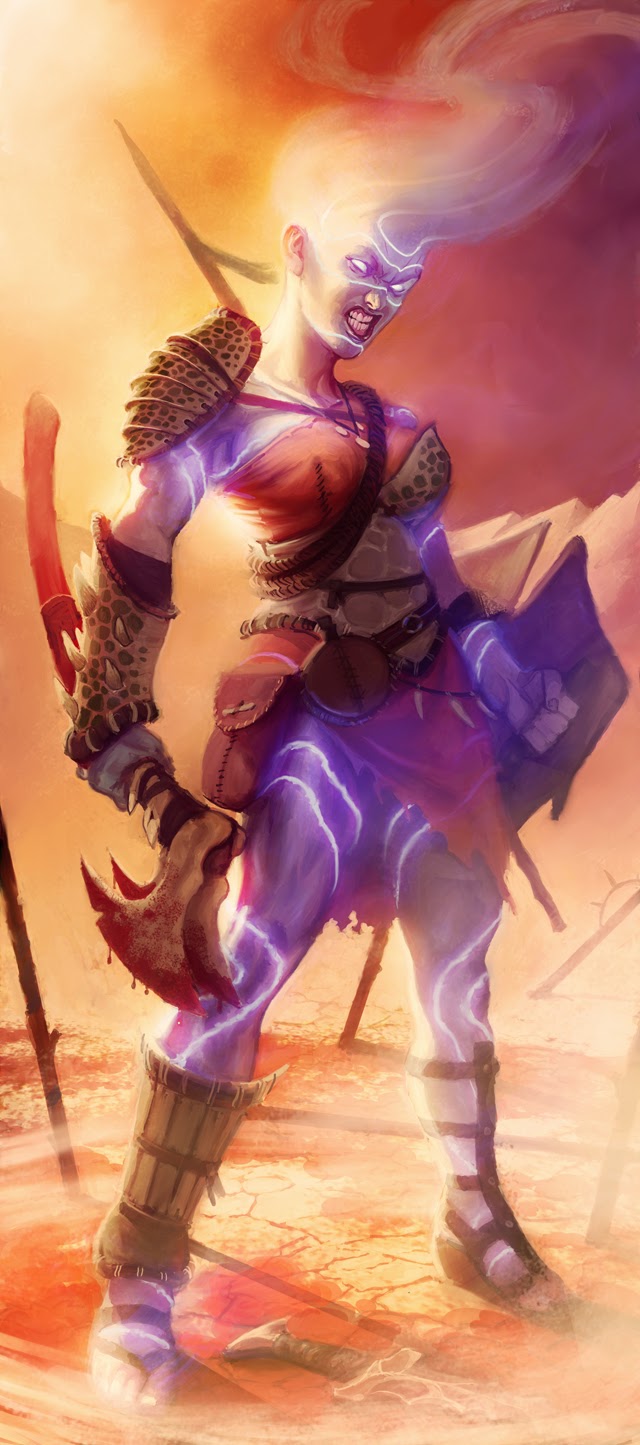Sorcerers Apprentice
Hero
You can never lose copyright (until it expires) no matter what, you can sit on it for as long as you want. You can potentially lose trademark rights if you let people use your trademark to refer to something other than your product. If gamers start calling every RPG "Dungeons & Dragons" then WotC will lose the D&D trademark.It's mostly enforcement. If they don't enforce blatant cip infringement, they can lose it. But if they fight lawsuits but produce outdated or poor product, they would lose their standing in the industry and be usurped.
Especially if a lot of gaming can't be trademarked or copyrighted.
So a major game leader and publisher can't really afford to sit around and do nothing with their main IPs.
An important thing to remember is that there is no such thing as "IP". There are 3 distinct legal constructs - copyright, trademarks, and patents - that get lumped together and called "Intellectual Property", but this is just a shorthand and legally they are unrelated.




